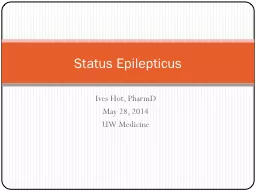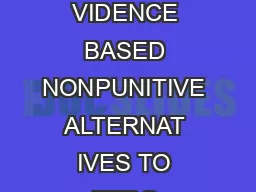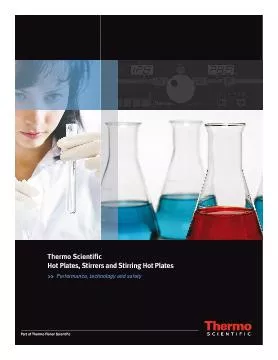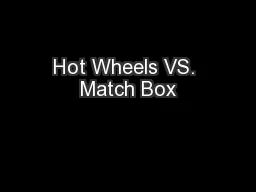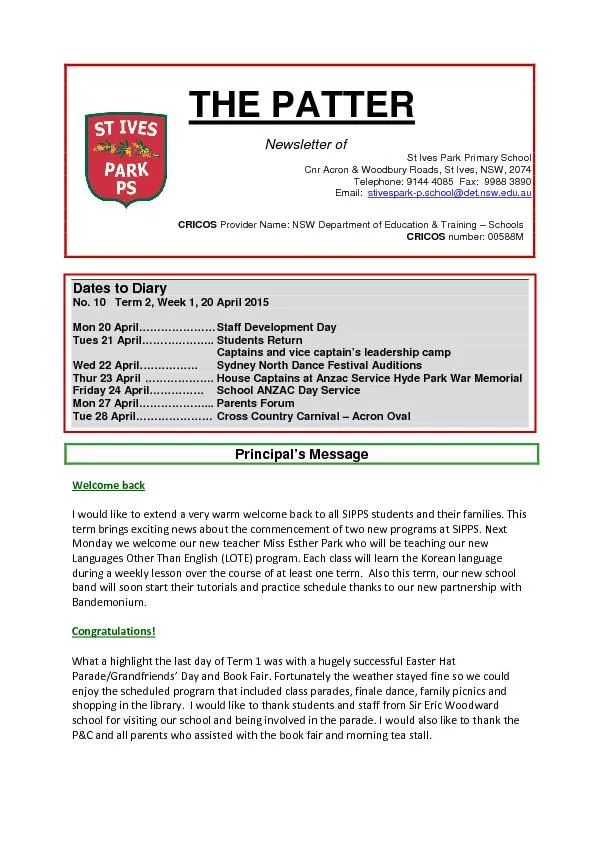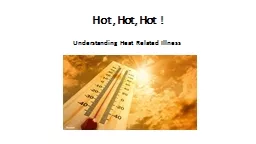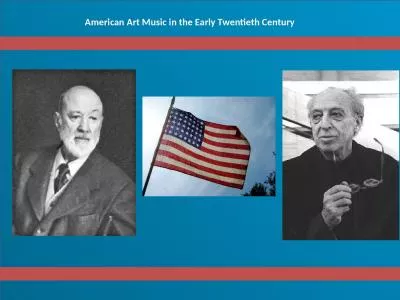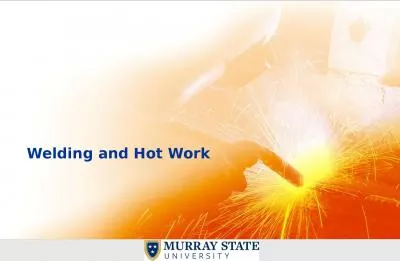PPT-Ives Hot,
Author : stefany-barnette | Published Date : 2016-03-09
PharmD May 28 2014 UW Medicine Status Epilepticus Definition Status Epilepticus SE 5 minutes of more of continuous clinical andor electrographic seizure activity
Presentation Embed Code
Download Presentation
Download Presentation The PPT/PDF document "Ives Hot," is the property of its rightful owner. Permission is granted to download and print the materials on this website for personal, non-commercial use only, and to display it on your personal computer provided you do not modify the materials and that you retain all copyright notices contained in the materials. By downloading content from our website, you accept the terms of this agreement.
Ives Hot,: Transcript
Download Rules Of Document
"Ives Hot,"The content belongs to its owner. You may download and print it for personal use, without modification, and keep all copyright notices. By downloading, you agree to these terms.
Related Documents

